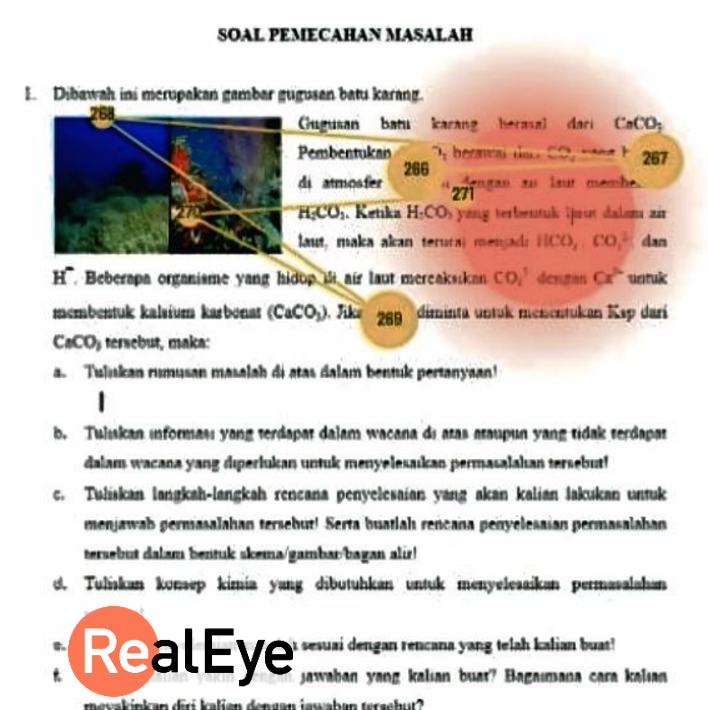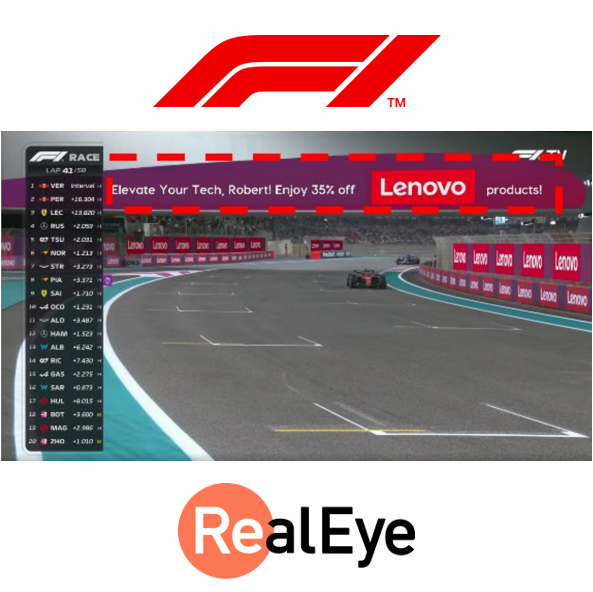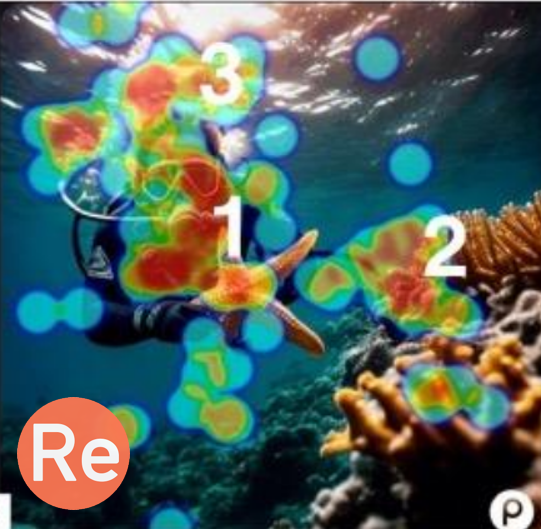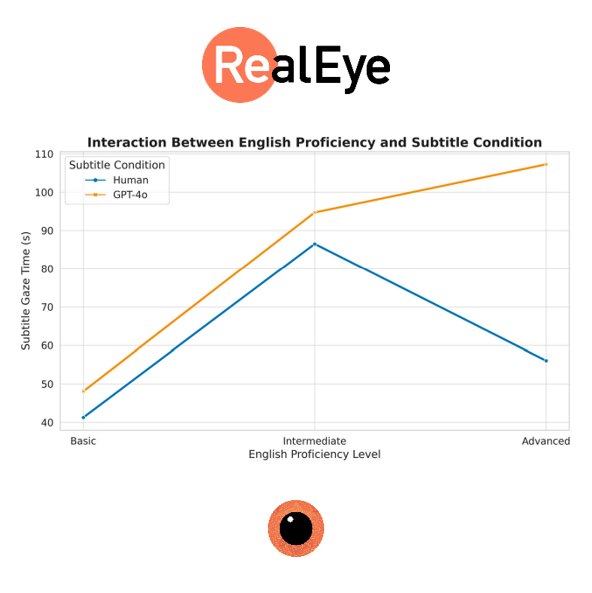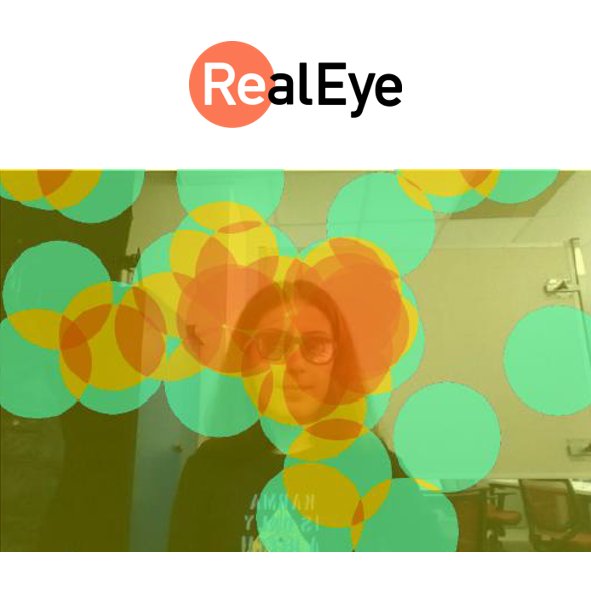Supporting Neurodivergent Students with RealEye
A study used RealEye to track how students with dyslexia and attention disorders read science texts. Highlighted text supported focus, while decorative images caused distraction. Eye-tracking revealed clear differences in reading patterns, helping identify which designs reduce cognitive load and improve accessibility for neurodivergent learners.
Read more →
